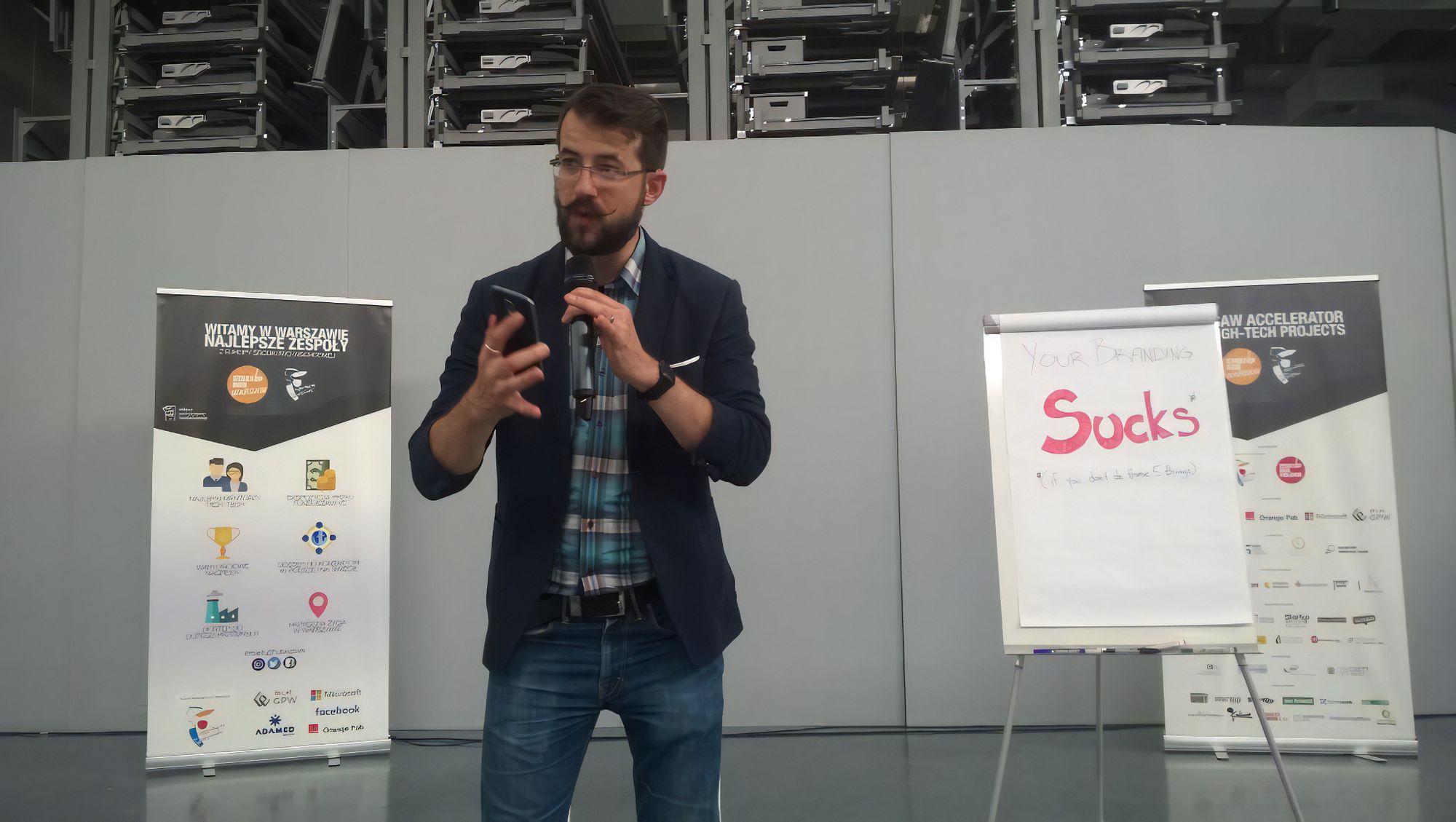
Silicon Valley is known around the world as the ultimate startup hub, and for good reason, too. However, while it may not have the prestige of Silicon Valley (yet), should entrepreneurs dismiss the entrepreneurial potential of New York City? With a diverse population, a thriving arts and cultural scene, and its reputation as a financial and business hotspot, don’t be so quick to ignore the Big Apple's status as a growing startup ecosystem.
We held a webinar between Adeo Ressi (Co-Founder and CEO of the Founder Institute and previous Director of the Silicon Valley Founder Institute) and Kevin Siskar (Venture Partner at Outbound Ventures and Co-Director of the New York Founder Institute), in which they discussed the differences between the startup scenes of Silicon Valley and New York City. Below are some of the biggest differences that were mentioned in the webinar:
-
Having been around much longer, the Silicon Valley startup scene is much bigger and more established than that of the New York City’s. However, New York City’s startup scene is growing twice as fast as that of Silicon Valley’s, with more and more talent flocking there at a faster rate.
-
With some help from Stanford University, Silicon Valley has exponentially more tech talent than NYC, but because NYC has such a thriving arts and culture scene, the city has considerably more creative and open-minded individuals.
-
Silicon Valley makes up about half the global market in terms of venture capital spending, meaning nearly half of all VC deals made worldwide take place in Silicon Valley. However, because of New York’s growing status as an entrepreneurial hotspot, venture capital spending has increased about 240% in the last ten years.
-
Because the startups in Silicon Valley are so spread out throughout the San Francisco Bay Area, the local startup scene is somewhat more disjointed, whereas New York’s startup scene is considerably more connected as a result of smaller yet more localized ecosystem.
So which is the best place to build a startup? As you can see, both regions have their benefits and drawbacks, so we’ll leave it up to you to decide which is better suited to your goals and needs.
Here is the full webinar below:



